Remote workers, also known as “digital nomads”, are a growing trend. According to GlobalWorkplaceAnalytics.com, regular work-at-home (non self-employed) population has grown by 140% since 2005, nearly 10x faster than the rest of the workforce or the self-employed. Whether you are in a coffee shop, coworking space or home in your pajamas, remote workers are changing the traditional office setup.

Both employees and employers are seeing the benefits of having remote workers. Employees can benefit from a more flexible lifestyle, less stress, more motivation and a healthier environment. Employees can also benefit by having motivated, happier workers who are more productive. The cost savings for some employers is also a notable benefit. While some employers offer full time remote work, others may require you to come into the office once a week, or for special events, etc. One of the biggest benefits to both employees and employers is being able to expand your search area for the right talent and the right job for you.
In order for all of these benefits to happen, you must have the right tools setup. Workers needs to be able to have a reliable, easy to use communication system in place. Voice over Internet Protocol (VoIP) is what companies are turning to in order for this to happen.
A Unified Communications (UC) hosted VoIP system is a must have. Workers will be able to have IP phones at various locations, all connecting to the same system for ease of use. While employers have a monthly cost, the maintenance is kept up by the vendor.
UC solutions include voice, video, mobility and presence services across different endpoints, devices and applications. This will allow remote users to connect seamlessly from across the world.
Here are some key features to look for in your UC Solution:
- Mobility. This is critical for remote workers. Having your work phone number appear on your deskphone, cell phone, PC or tablet allows workers to not be tied to their desk. You will have cutting edge customer service from no matter where you are!
- Video Conferencing. While conference calls may be appropriate for a quick question or check in, video conferencing brings back the face to face communication that capture the details that are often needed. From personal experience when managing a team from 1000 miles away, video is critical to a successful remote team.
- Chat/Instant Messaging. Sometimes you just need a quick answer from a co-worker that doesn’t need a phone call or video session setup. Texting is the preferred method of communication for much of the growing workforce and you are more likely to get a faster response from an instant message than you will from an email.
- Collaboration. Being able to share your desktop screen and collaborate with other remote workers is important. Sharing files, images, and ideas real time allows users to see exactly what you are referring to very quickly. This is also important for online training that will ensure your team is always up to date on your latest technology!
Proper deployment and training for these features is also key to having your team be successful. As with any new technology, users may be reluctant to learn the ins and outs of new software and devices. You can have the best system in the world, that has all the features available, but if employees don’t know how to use them, frustration will brew and hurt your success. At Convergent, we know that communication is a must to having a successful project of any kind. Arming your team with the right tools and training is essential!




